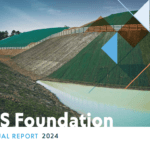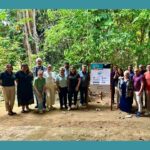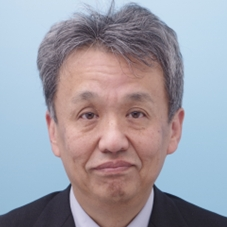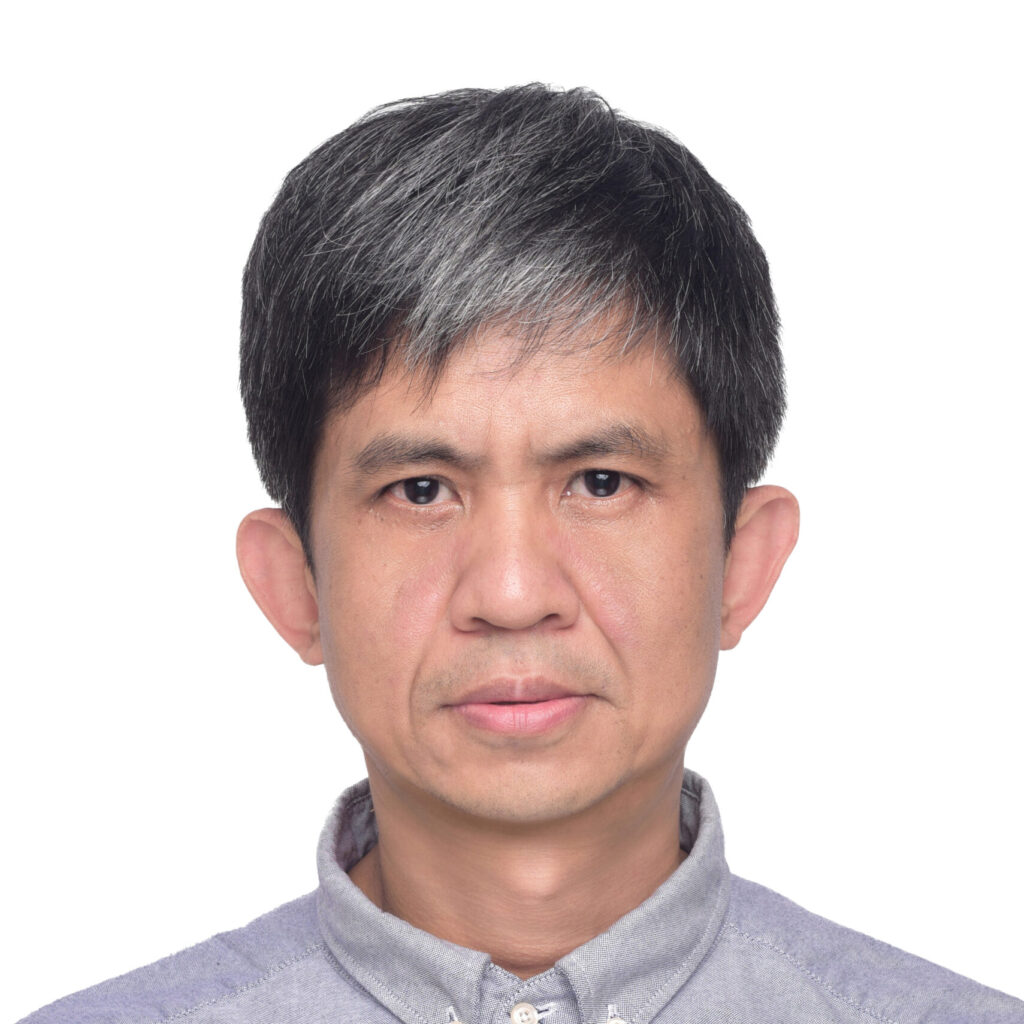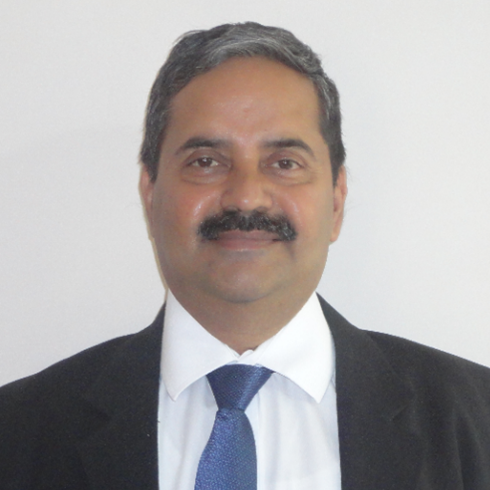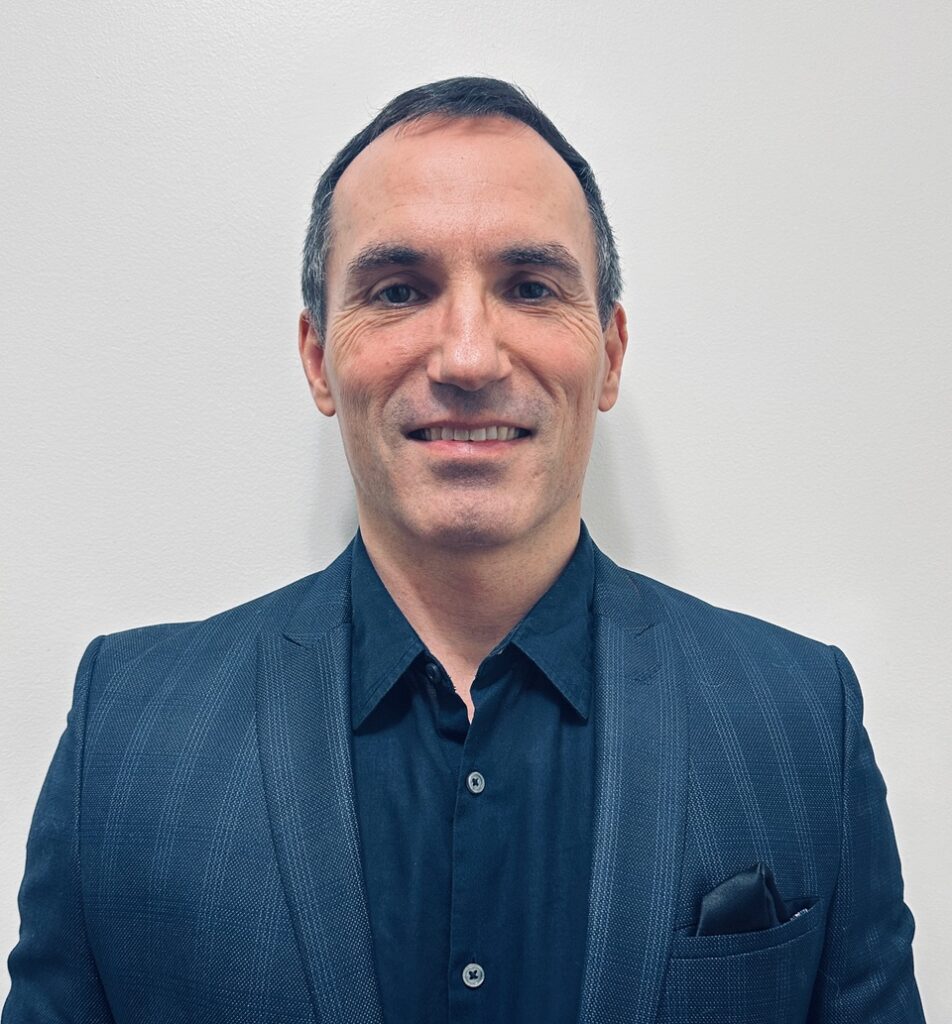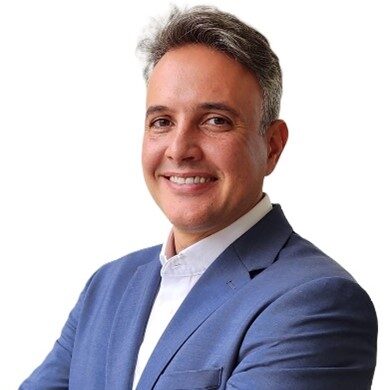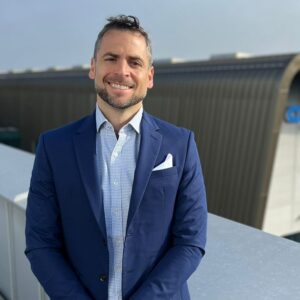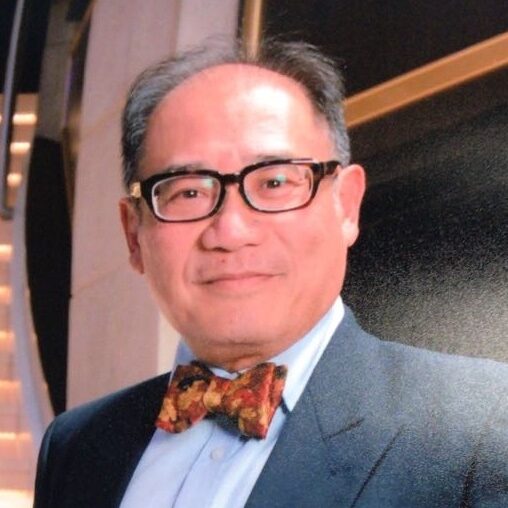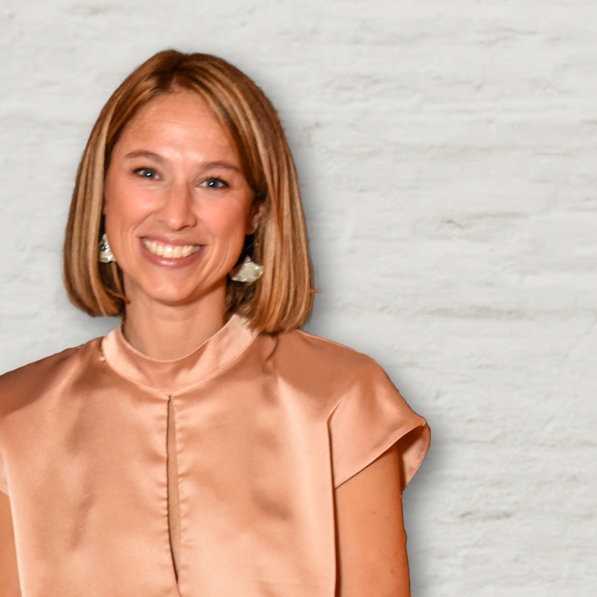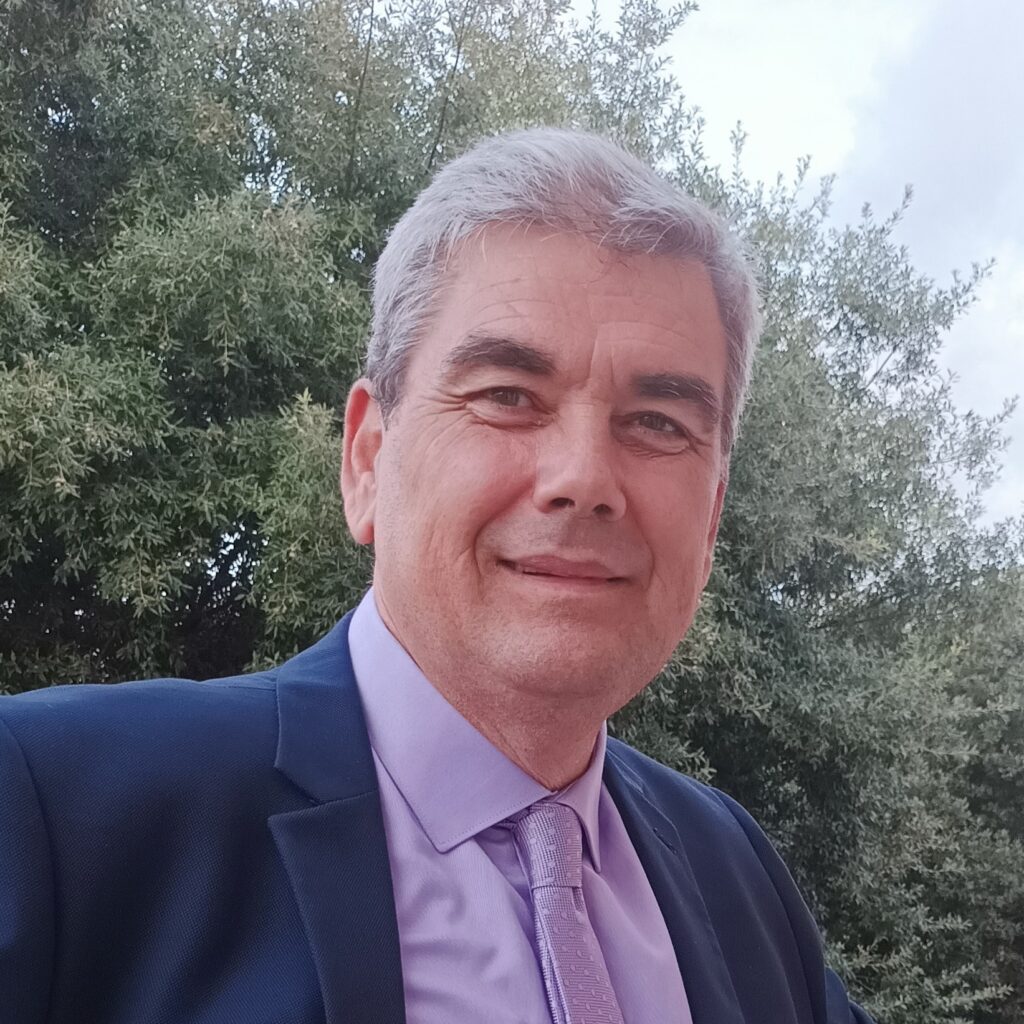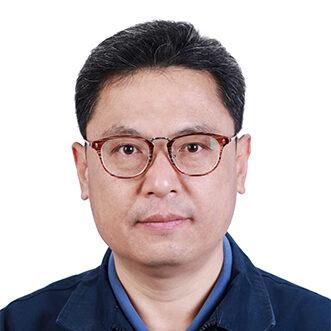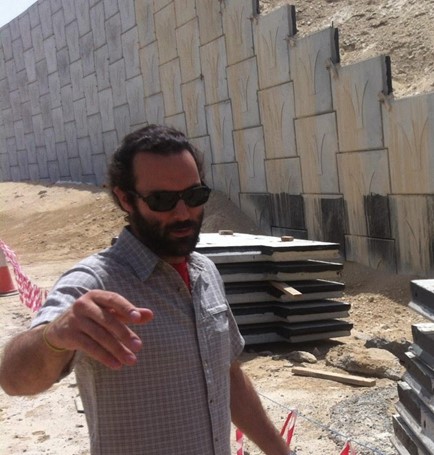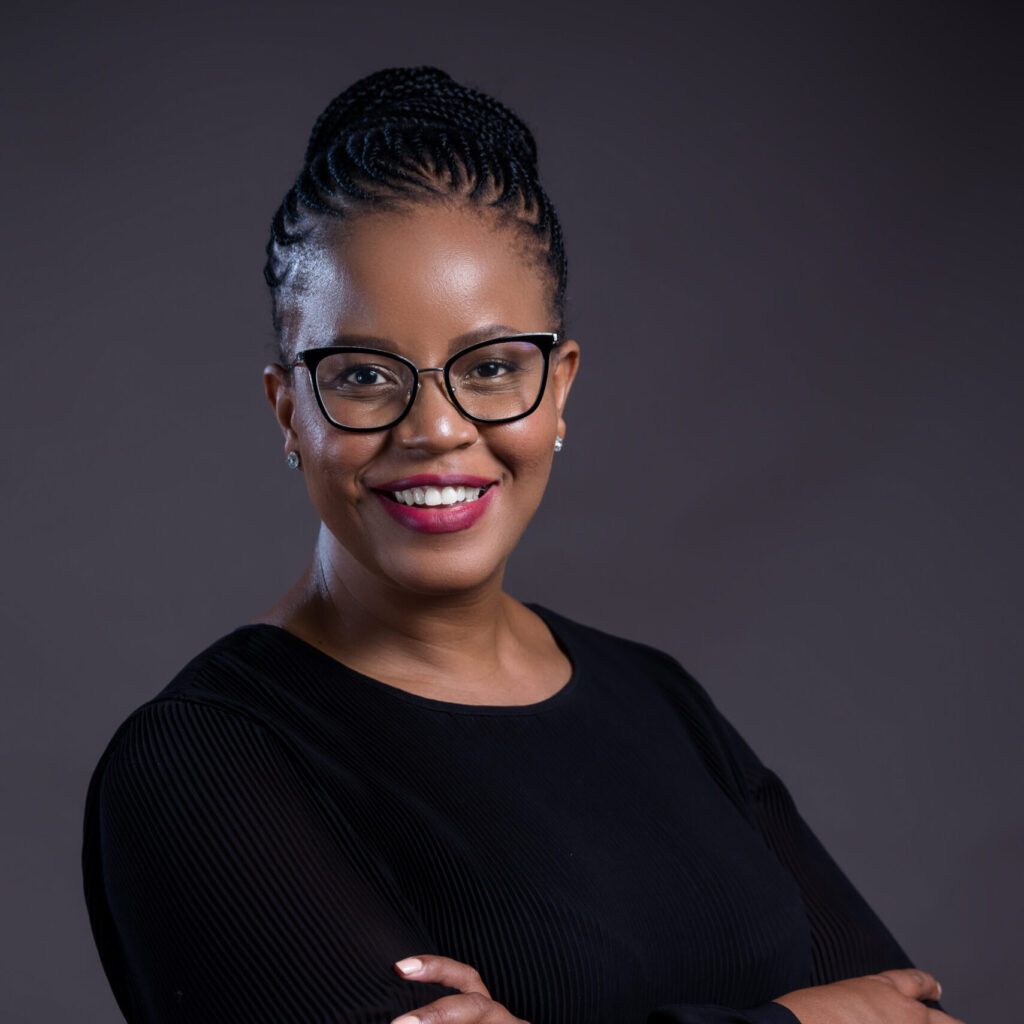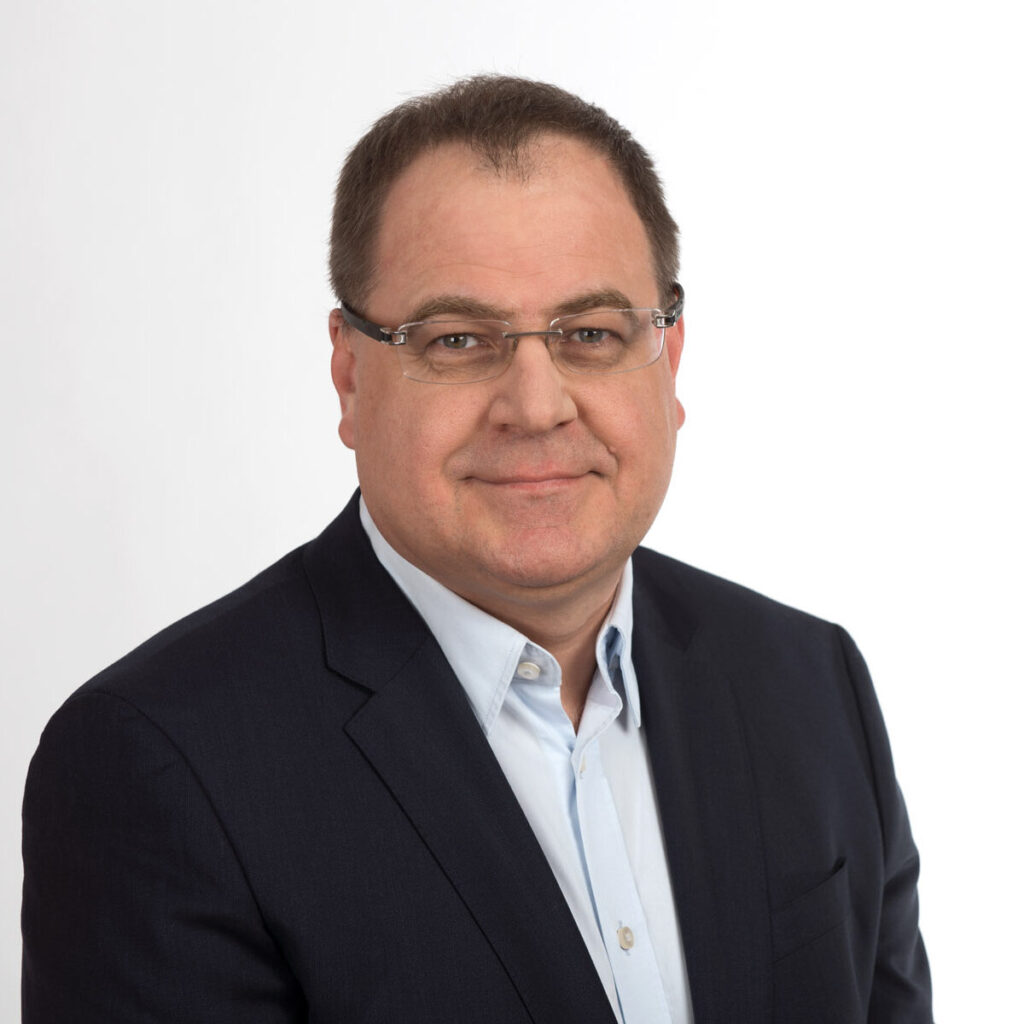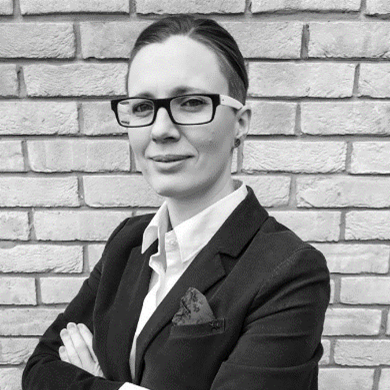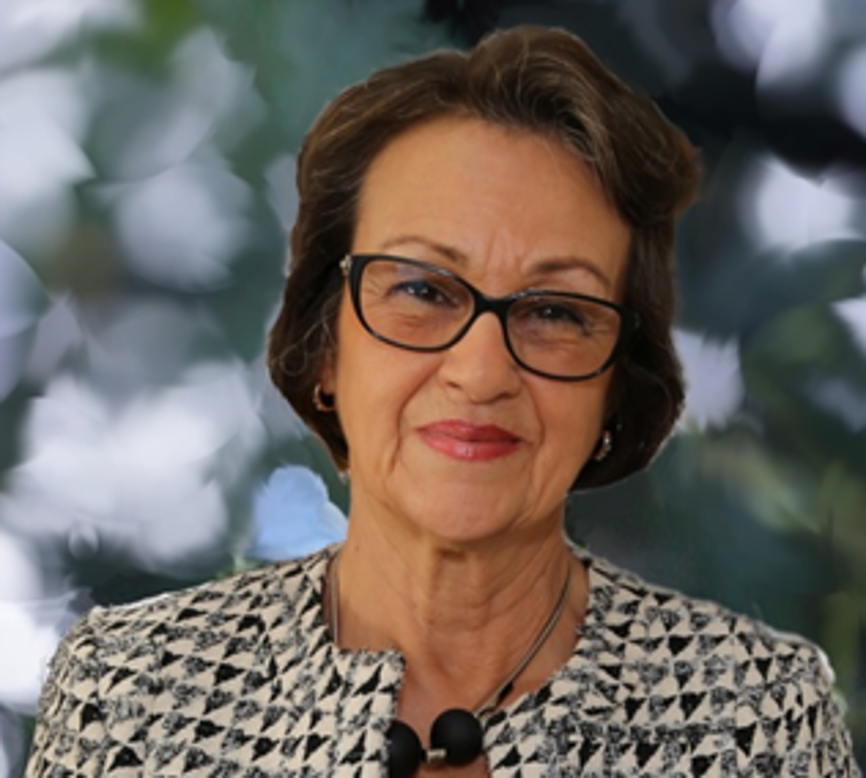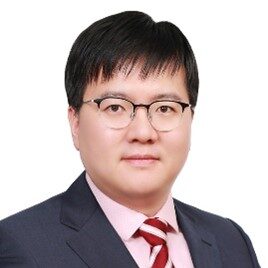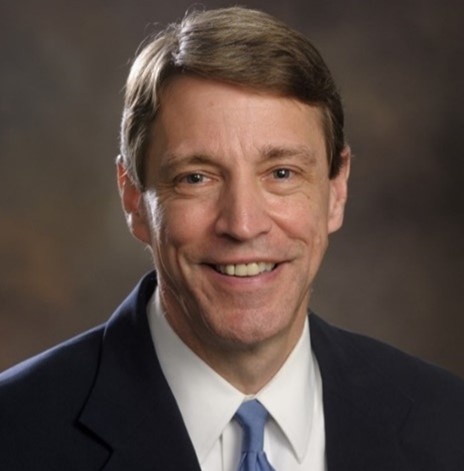Mike Sadlier, chair of the ACIGS Events Committee, and the committee members have been very active in providing three seminars so far in 2017. The Australasian IGS chapter has undertaken three seminars in 2017 in Australia and New Zealand.
Contemporary Liner Design, Installation & Testing
Brisbane & Melbourne, April 2017
Held in Brisbane and Melbourne, Dr Peggs presented to a cross section of designers, contractors, auditors, geosynthetic suppliers and asset owners in the waste and containment segment.
  The Australasian Chapter was pleased to welcome Dr Ian Peggs as their keynote speaker for the first seminar of 2017. |
Dr Peggs discussed contemporary geomembrane liner design, installation and testing. He also discussed whether liner stress is acceptable in contemporary landfill, current leak detection methodologies and changing industry standards. He also talked about non destructive weld testing methods.
At our Melbourne seminar Dr Peggs was followed by Kapila Bogoda from the Victorian Environmental Protection Agency. Kapila discussed the current BEPM guidelines and the Victorian experience in implementing best practice guidelines and the benefits that are resulting for landfill quality.
In Brisbane Dr Peggs was followed by Warren Hornsey from TRI Environmental who discussed construction quality assurance on waste and containment projects. His presentation covered to need for construction quality assurance, leak statistics, types of quality assurance and types of construction quality assurance.
Geosynthetic Reinforcement in Highways Seminar
Auckland and Christchurch, May 2017
 The increased investment by the New Zealand Government into improving the road infrastructure links has seen a greater demand to develop engineering solutions with the majority of these infrastructure corridors sitting over challenging ground conditions which are subject to high seismic loads. These challenges have resulted in the need to look to wider range of engineering materials that have the technical and commercial attributes to satisfy the engineering requirements for these sites. As a result Geosynthetics are now one of the key products being considered by engineers for these infrastructure projects. This increased interest in Geosynthetics has driven the need for a greater understanding of their performance and associated design methods. The increased use of has also prompted the New Zealand Transport Authority (NZTA) to introduce an approval process for Geosynthetic materials used in reinforced soil walls, slopes and embankments.
The increased investment by the New Zealand Government into improving the road infrastructure links has seen a greater demand to develop engineering solutions with the majority of these infrastructure corridors sitting over challenging ground conditions which are subject to high seismic loads. These challenges have resulted in the need to look to wider range of engineering materials that have the technical and commercial attributes to satisfy the engineering requirements for these sites. As a result Geosynthetics are now one of the key products being considered by engineers for these infrastructure projects. This increased interest in Geosynthetics has driven the need for a greater understanding of their performance and associated design methods. The increased use of has also prompted the New Zealand Transport Authority (NZTA) to introduce an approval process for Geosynthetic materials used in reinforced soil walls, slopes and embankments.
The objective of this seminar series held in Auckland and Christchurch was to improve designer’s confidence in the use of Geosynthetics in reinforced soil structures for highway applications using published research projects to support design principles including static and seismic testing and instrumentation of structures. Providing clarity around the policy on the Geosynthetic approval process and product conformance were essential elements of this Geosynthetic seminar.
The seminar series brought together the leading experts in their fields to improve the knowledge, understanding and use of Geosynthetics in reinforced soil structures of designers involved in the design of reinforced soil embankments, slopes and walls using Geosynthetics in New Zealand.
Dr Richard Bathurst (Royal Military College of Canada and Queens University) provided the keynote address on recent developments in Mechanically Stabilised Earth (MSE) technologies looking at the historical use of Geosynthetics and how design methods have evolved as our knowledge in Geosynthetic performance, gained from instrumenting structures, has improved our prediction of reinforcement loads under a range of load conditions including seismic which is very important for New Zealand engineers.
 The second part of Dr Richard Bathurst address looked at the lessons learned from full scale model testing of MSE walls. Key measurements of performance under seismic excitations included wall displacements, earth pressures and Geosynthetics strains were highlighted.
The second part of Dr Richard Bathurst address looked at the lessons learned from full scale model testing of MSE walls. Key measurements of performance under seismic excitations included wall displacements, earth pressures and Geosynthetics strains were highlighted.
Dr Misko Cubrinovski (University of Canterbury in Christchurch) provided additional research results into modelling of Geosynthetic MSE walls under seismic with the work done on their shaking table using high speed video to record failure traces through the soil. This provided additional support to the work presented by Dr Richard Bathurst on seismic performance.
Chris Lawson brought his 35 years of Geosynthetic experience to present on key design aspects of basal reinforced embankments over soft soils including embankment design over foundation soils subject to liquefaction. Stuart Finlan of NZTA covered the policy and the requirements around the approval process with Warren Hornsey (TRI Australia) rounding of the seminar with his presentation on Geosynthetic quality assurance highlighting some of the challenges faced by designers when specifying Geosynthetics.
The seminar series, which had over 80 attendees at the two locations, was well received with heathy discussion during and after the presentations. By presenting the historical and current design methods, field and laboratory research into reinforced soil performance and the product selection and validation process the seminar achieved all its objectives to equip New Zealand engineers with a high degree of knowledge and confidence in the design and use of Geosynthetics in reinforced soil structures.
Seminar Series on Geosynthetic Technology in Water, Waste & Tunnelling
Auckland, Melbourne and Brisbane, June 2017
As a part of 2017 activities, Australasian Chapter of the International Geosynthetics Society (ACIGS) organised one-day seminar series in New Zealand (Auckland), Melbourne and Brisbane with the support from the International Geosynthetic Society (IGS). Auckland hosted the first of a three seminars series down under on Geosynthetic Technology in Water, Waste & Tunnelling. The seminar included presentations by IGS officers followed by a presentation by a local expert after each IGS officer’s talk.
These seminars brought together the current IGS Officers to share their knowledge and expertise in the field of environmental engineering which has a high level of relevance in New Zealand and Australia, where the demand on water resources for agriculture has to be balanced against the protection of our waterways and groundwater, and environmental application of geosynthetics material is growing dramatically.
The seminar was opened with a brief review of ACIGS, by Graham Fairhead (ACIGS president) in Melbourne, Amir Shahkolahi (ACIGS Secretary) in Brisbane, and Gordon Stevens (ACIGS representative) in Auckland. It was then continued with a short review of IGS by Dr. Russell Jones (IGS President).
As the first speaker of the day, Dr. Russell Jones (IGS President) provided the audience with an interesting case study looking at the challenges of building a large leachate lagoon over poor ground where the water table was close to the surface. The need to stay within the client’s budget and still satisfy the environmental requirements resulted in the original design being overhauled and a wide range of geosynthetics being incorporated into the new design. This included basal reinforcement as well as soil reinforcement support to the earth bunds which were steepened and reinforced ensuring that the storage volume and designated footprint stayed within the client’s brief. All of this had to be constructed through the winter which posed its own challenges around fill placement and compaction for the contractor. “This project could not be possible without using geosynthetics” Russell said.

The presentation from Peter Legg (IGS Treasurer) looked at closure and rehabilitation of waste disposal facilities in Africa and highlighted the use of geosynthetics to achieve successful outcomes through the three case studies presented. The correct choice of geosynthetic solution was critical across all areas of design with the importance of veneer stability and drainage being highlighted by Peter for the landfill capping and rehabilitation projects.
Dr. Jorge Zornberg (IGS Immediate Past President) had the challenge of presenting after the lunch break. His presentation of geomembrane covers was thought provoking and ensuring a very attentive audience. The challenges faces by engineers around wind uplift and the methods on how to address this design criteria was covered by Jorge along with some interesting examples of how the use exposed covers can offer the owner of the opportunity to continue generating income even after closure of the waste disposal site.
The final presentation of the day was with Dr. Chungsik Yoo (IGS Vice President) who gave an interesting insight into tunnelling practice in Korea and the different methods of underground construction. The benefit of good drainage using geocomposite materials in tunnelling can lead to reductions in excavation and lining thickness through the lowering of the pore pressures which can offer huge cost savings to the client. Chungsik also took the opportunity to invite all participant to the upcoming International Conference on Geosynthetics (11IGS) in 2018 in his home country South Korea.
 As a local expert in Auckland, Daniel Tan from Tonkin & Taylor shared his knowledge gained during his previous technical role with a geomembrane manufacture to provide the audience with an interesting insight into geomembrane technology and how it has advanced over the years especially around the areas of environmental stress cracking and durability.
As a local expert in Auckland, Daniel Tan from Tonkin & Taylor shared his knowledge gained during his previous technical role with a geomembrane manufacture to provide the audience with an interesting insight into geomembrane technology and how it has advanced over the years especially around the areas of environmental stress cracking and durability.
Mike Sadlier was one of the local speakers in Australia having two interesting presentations in each venue in Melbourne and Brisbane. His first presentation in the morning was about the Recent Developments in PE Geomembranes, prepared by Mike Sadlier and Daniel Tan, where Mike talked about the history of PE membranes and developments in testing, specifications and material during the time. Mike’s second presentation in the afternoon was on Commodity Containment using Geosynthetics prepared by John Cowland and Mike Sadlier.
The morning session in Melbourne and Brisbane was closed by a presentation by Warren Hornsey from TRI Australia regarding a major failure involving an exposed geotextile. The presentation reviewed issues with design and construction of a coastal protection project in QLD using an exposed nonwoven geotextile including: using same design for two different projects, using a wrong specification, and using the geotextile in a wrong application, which had led to the failure of the geotextile and the whole project.

Attendees to Brisbane venue got benefit from hearing an extra presentation by a local expert from Golder Associates (Brisbane office), Nigel Ruxton, the Design Group Leader for QLD and Northern Territory, talking about Landfill guidelines in Australia focusing on QLD guidelines. He then presented a recent piggy-back landfill in North Queensland designed by Nigel and his team at Golder Associates.
The need for considering effective drainage in the design, constant cooperation between designer, contractor and client in each project, using geosynthetics as the cost effective solution where design and construction is not possible with traditional techniques, getting benefit from new technologies and geosynthetic products, and designing each project separately were some of common theme across all the presentations.
The high number of questions asked in each venue was a good indicator of the interest shown in the subject matter presented.
Reported by
Graham Fairhead, President of ACIGS, Mike Sadlier, Vice-President of ACIGS, and Gordon Stevens, IGS Member


